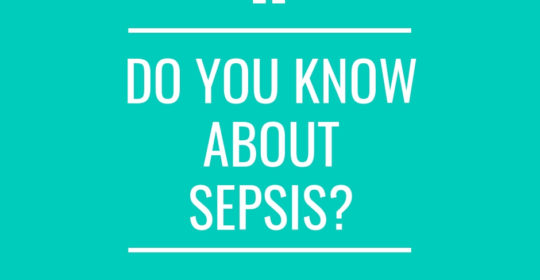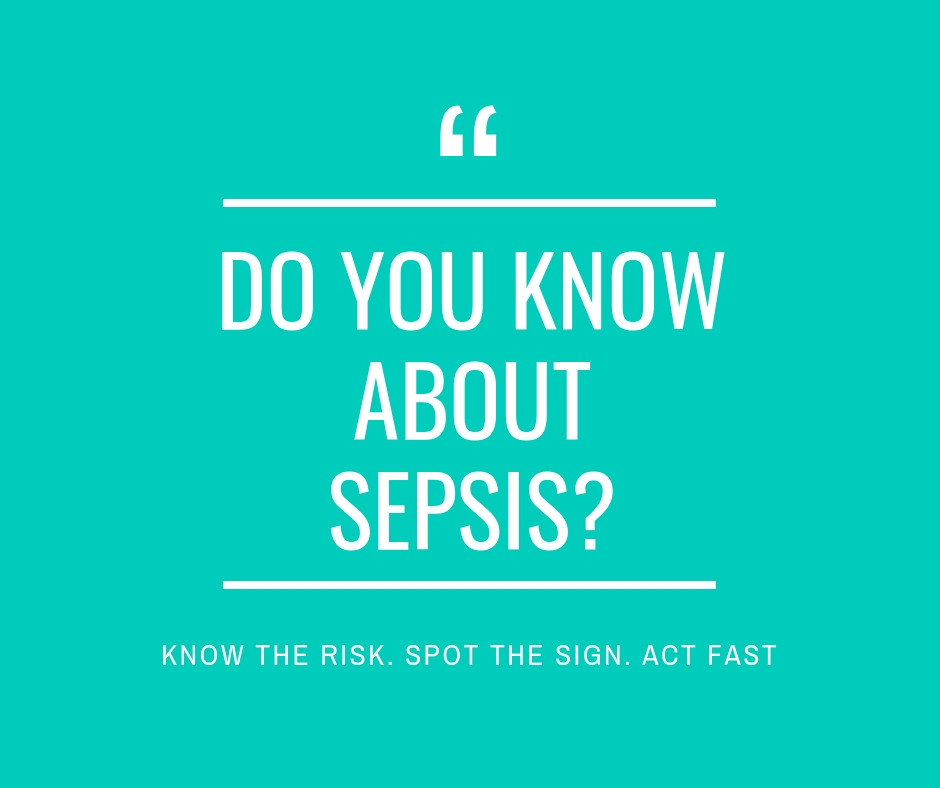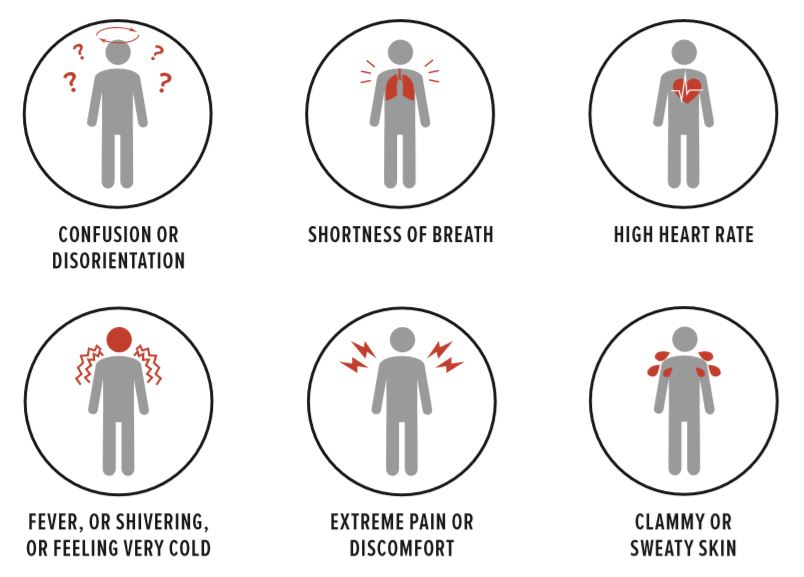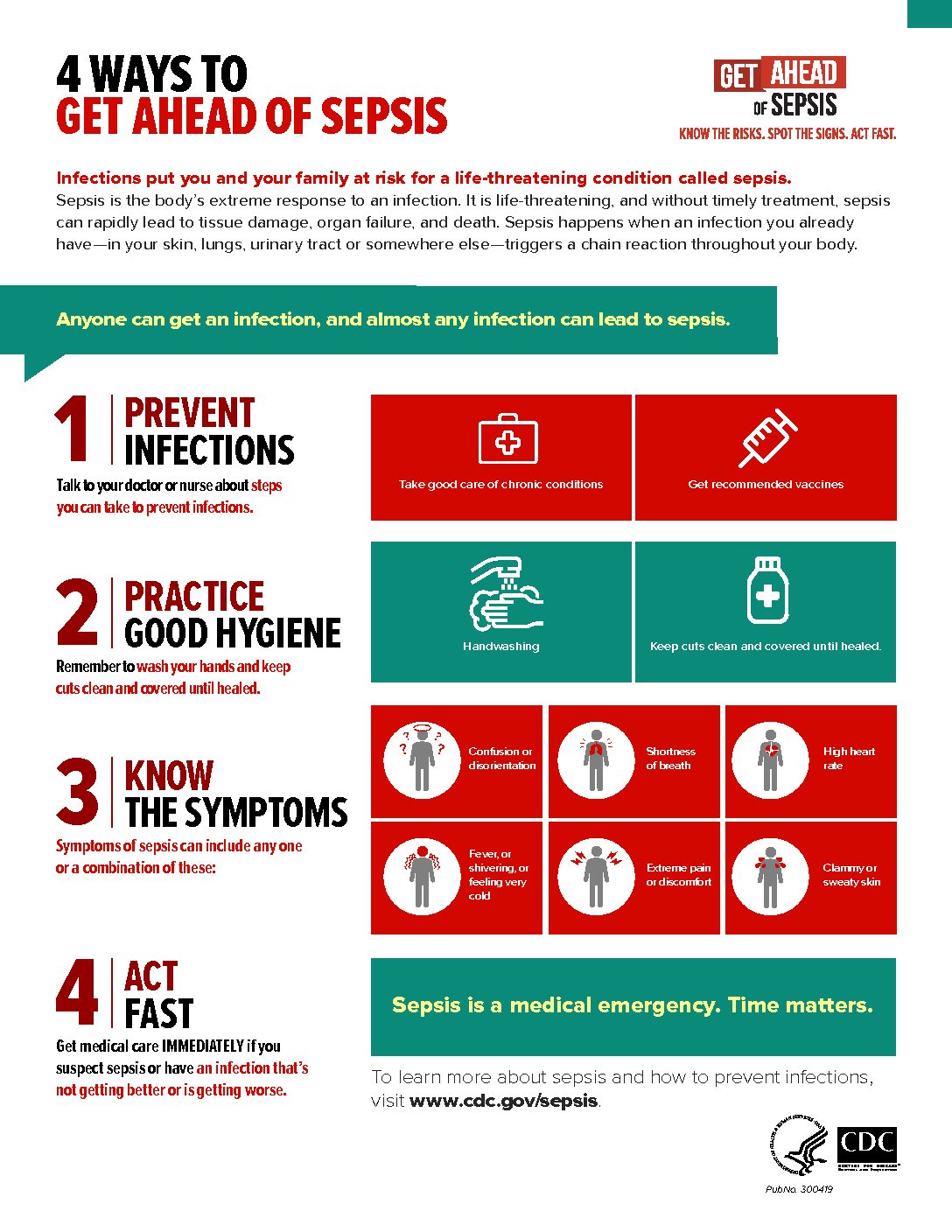
"Do You Know About Sepsis?"

September is Sepsis Awareness Month. The Centers for Disease Control and Prevention (CDC) launched Get Ahead of Sepsis, an educational initiative to protect Americans from the devastating effects of Sepsis and to create public awareness. This initiative emphasizes the importance of early recognition and timely treatment of sepsis, as well as the importance of preventing infections that could lead to sepsis. Sepsis currently affects more than 1 million people every year and the number of cases has been increasing. Those at higher risk for sepsis include people with weakened immune systems, infants and children, elderly people, people with chronic illnesses, and those who suffer severe burns or physical trauma. Patients who develop and survive sepsis have an increased risk of complications and death later, and they face higher healthcare costs and longer treatment.
Despite the fact that sepsis affects more than a million Americans each year and kills up to half of them, a new survey published by Sepsis Alliance found that fewer than half of all Americans have ever even heard of the term ‘sepsis.’
Sepsis is the body’s extreme response to an infection. It is a life-threatening medical emergency.
Sepsis happens when an infection you already have —in your skin, lungs, urinary tract, or somewhere else—triggers a chain reaction throughout your body.
Without timely treatment, sepsis can rapidly lead to tissue damage, organ failure, and death.
When germs get into a person’s body, they can cause an infection. If that infection isn’t stopped, it can cause sepsis.
Anyone can get an infection, and almost any infection can lead to sepsis. People with chronic conditions such as diabetes, lung disease, cancer, and kidney disease, are at higher risk of developing infections that can lead to sepsis. Sepsis also more commonly occurs in:
• Adults 65 or older
• People with weakened immune systems
• Children younger than one The most frequently identified germs that cause infections that can develop into sepsis include Staphylococcus aureus (staph), Escherichia coli (E. coli), and some types of Streptococcus.
A patient with sepsis might have one or more of the following signs or symptoms.

Source:
- CDC



Most Commented